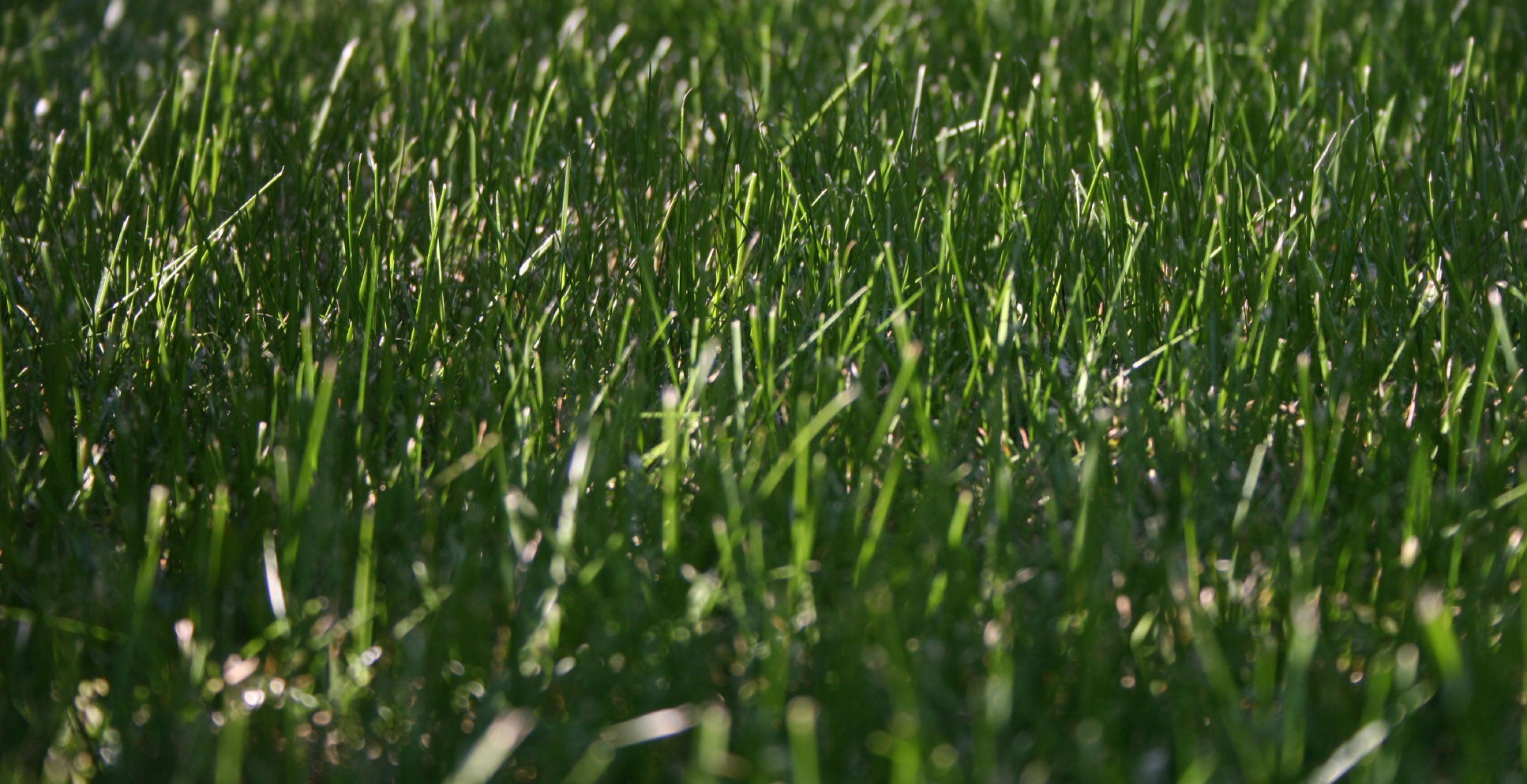Caring For Kentucky Bluegrass Lawns: Tips On Planting Kentucky Bluegrass

Kentucky bluegrass, a cool season grass, is a species native to Europe, Asia, Algeria, and Morocco. However, even though this species is not native to the United States, it is grown all over the East Coast, and can also be grown in the west with irrigation.
Information on Kentucky Bluegrass
What Does Kentucky Bluegrass Look Like?
At maturity, Kentucky bluegrass is about 20-24 inches (51-61 cm.) tall. It can be recognized quite easily because of its “V” shaped leaves. Its rhizomes allow it to spread and create new grass plants. Kentucky bluegrass rhizomes grow quite quickly and form a thick sod in the spring. There are over 100 cultivars of this grass and most stores selling grass seeds will have a variety to choose from. Bluegrass seed is also frequently sold mixed with other grass seeds. This will give you a more balanced lawn.
Planting Kentucky Bluegrass
The best time to plant Kentucky bluegrass seed is in the fall when the soil temperatures are between 50-65 degrees F (10-18.5 C.). The soil needs to be warm enough for germination and root development so that it will survive through the winter. You can plant Kentucky bluegrass on its own or combine several varieties for a diverse blend.
Kentucky Bluegrass as Forage Crop
Kentucky bluegrass is sometimes used for grazing livestock. If allowed to develop properly, it can withstand low grazing. Because of this, it does well as a grazing crop when mixed with other cool season grasses.
Kentucky Bluegrass Maintenance
Because this is a cool season grass, it requires at least 2 inches (5 cm.) of water per week to keep it healthy, growing, and green. If your area gets less water than this, it will be necessary to irrigate. If irrigation is required, the turf should be watered in small amounts daily instead of once per week in large amounts. If the grass does not get enough water, it may go dormant in the summer months. Kentucky bluegrass will do much better when nitrogen is applied. In the first year of growing, 6 pounds per 1000 square feet (2.5 kg. per 93 sq. m.) may be needed. Years after, 3 pounds per 1000 square feet (1.5 kg. per 93 sq. m.) should be adequate. Less nitrogen may be needed in areas with rich soil. Usually, if weeds are allowed to grow, Kentucky bluegrass lawns will be covered in dandelions, crabgrass, and clover. The best form of control is using a pre-emergent herbicide on lawns annually. The best time to do this is in the early spring before weeds are noticeable.
Mowing Kentucky Bluegrass Lawns
Young grass does best when kept at a 2-inch (5 cm.) height. It should be mowed before it ever reaches 3 inches (7.5 cm.). Grass should never be mowed lower than this because it would cause young seedlings to be pulled up and ruin the overall health of the lawn.
Gardening tips, videos, info and more delivered right to your inbox!
Sign up for the Gardening Know How newsletter today and receive a free copy of our e-book "How to Grow Delicious Tomatoes".
-
 How To Make A Bouquet Garni Or Herb Bundle For Cooking
How To Make A Bouquet Garni Or Herb Bundle For CookingIf you’re a great cook, you may have made an herb bundle before. If this is a new idea, learn how to add sparkle and interest to your dish with a bouquet garni.
By Amy Grant
-
 ‘Coral Charm’ Peony Care For Sublime Semi-Double Peonies With Lush Salmon Pink Flowers
‘Coral Charm’ Peony Care For Sublime Semi-Double Peonies With Lush Salmon Pink FlowersPeonies are known for their soft baby pink or magenta tones, but if plushy coral blooms are your thing, here’s our guide to the ultimate ‘Coral Charm’ peony care
By Tonya Barnett